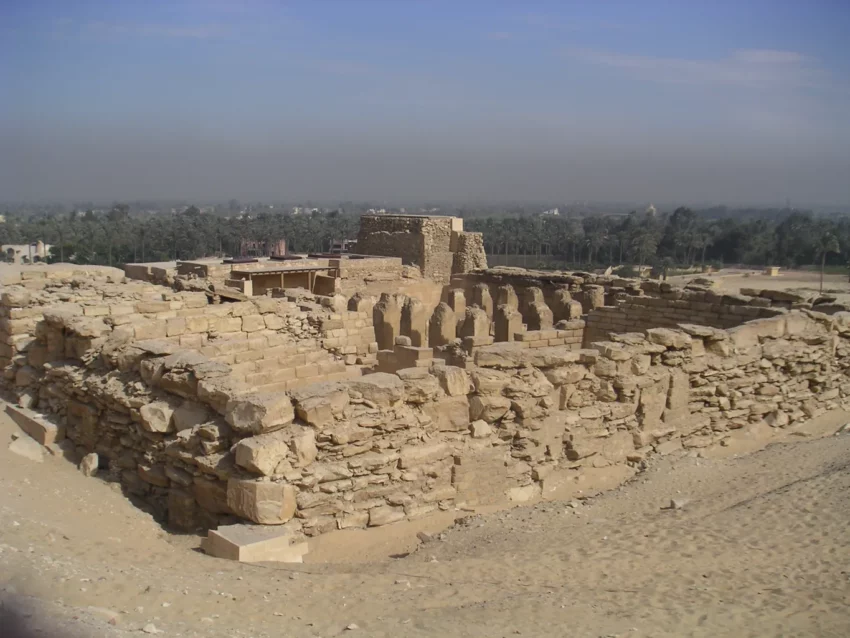The Fascinating Mastaba of Ptahshepses
The mastaba of Ptahshepses is an ancient Egyptian tomb located in Abusir, near the pyramid complex of King Sahure. This fascinating structure offers a glimpse into the life and legacy of a high-ranking official during the Fifth Dynasty (2494-2345 BC). Let’s explore the discovery of the mastaba, its intricate design, and the life of Ptahshepses himself.
Get your dose of History via Email
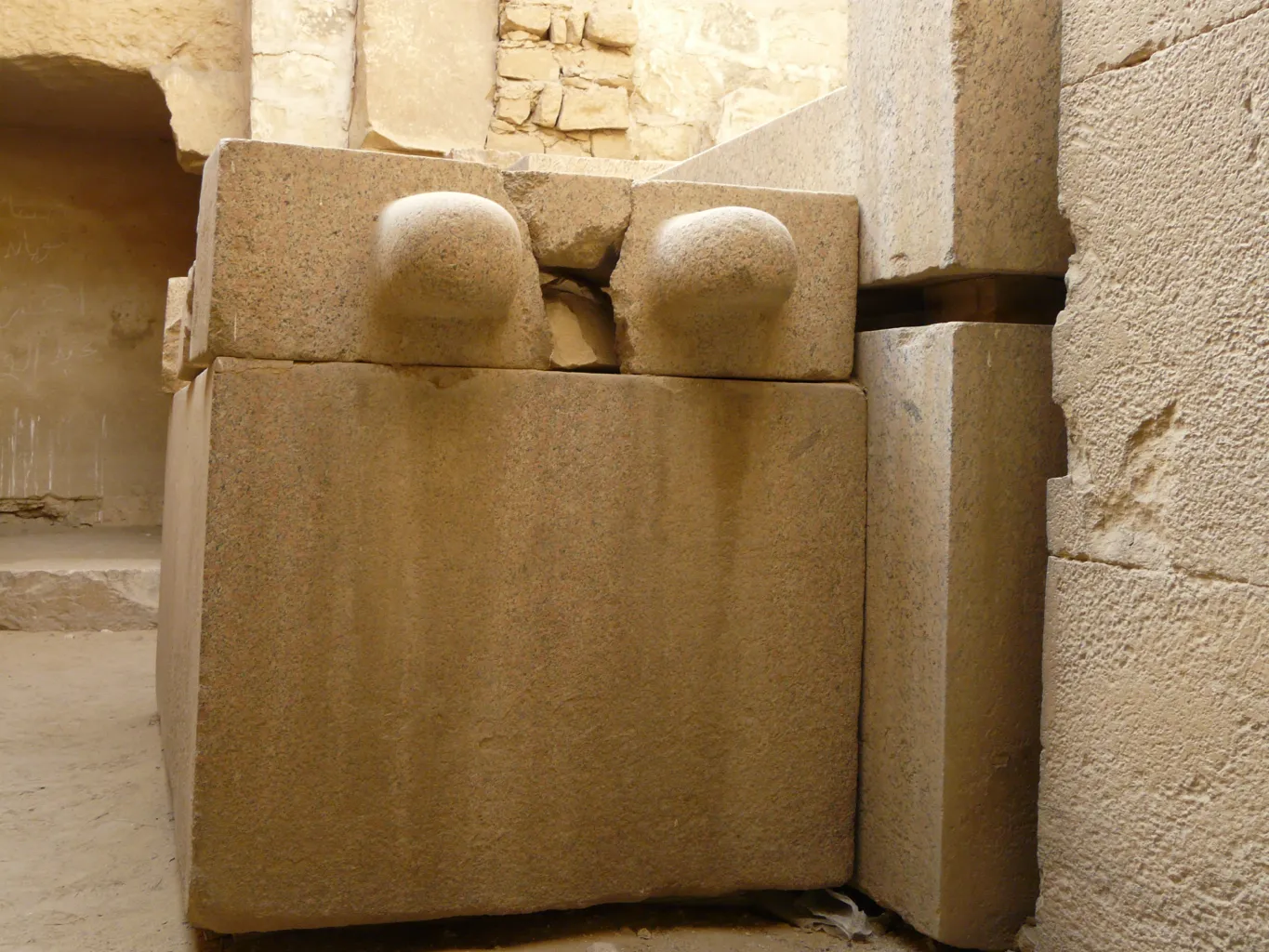
Discovery of the Mastaba
In 1843, Richard Lepsius from Berlin University designated the Abusir site next to Sahure’s pyramid complex as “pyramid no. XIX.” Later, Jacques de Morgan’s 1893 excavation revealed the site was part of a mastaba. Interest in the site revived after seventy years when the Czech Institute of Egyptology undertook a new survey and rediscovered the complete structure in 2022-2023. From 1960 to 1974, Zbyněk Žába and Abdu al-Qereti led extensive excavations that provided a deeper understanding of the mastaba’s layout and significance.
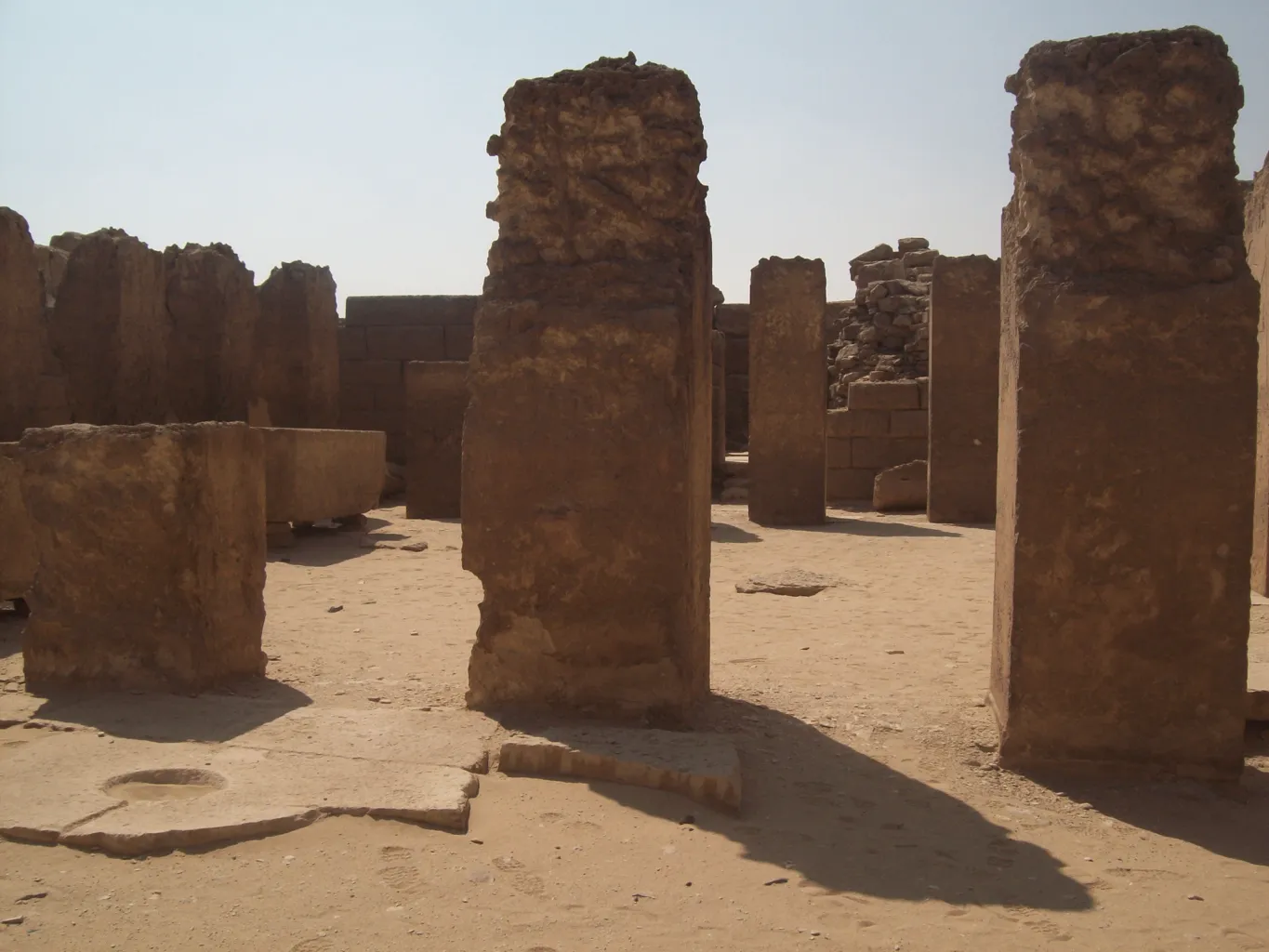
Intricate Mastaba Design
The mastaba of Ptahshepses was built in three phases. The entrance, located in the northeast corner, features two striking six-meter-high limestone columns shaped like lotuses. These columns are the oldest known examples of their kind in ancient Egypt and supported an architrave and a limestone roof terrace.
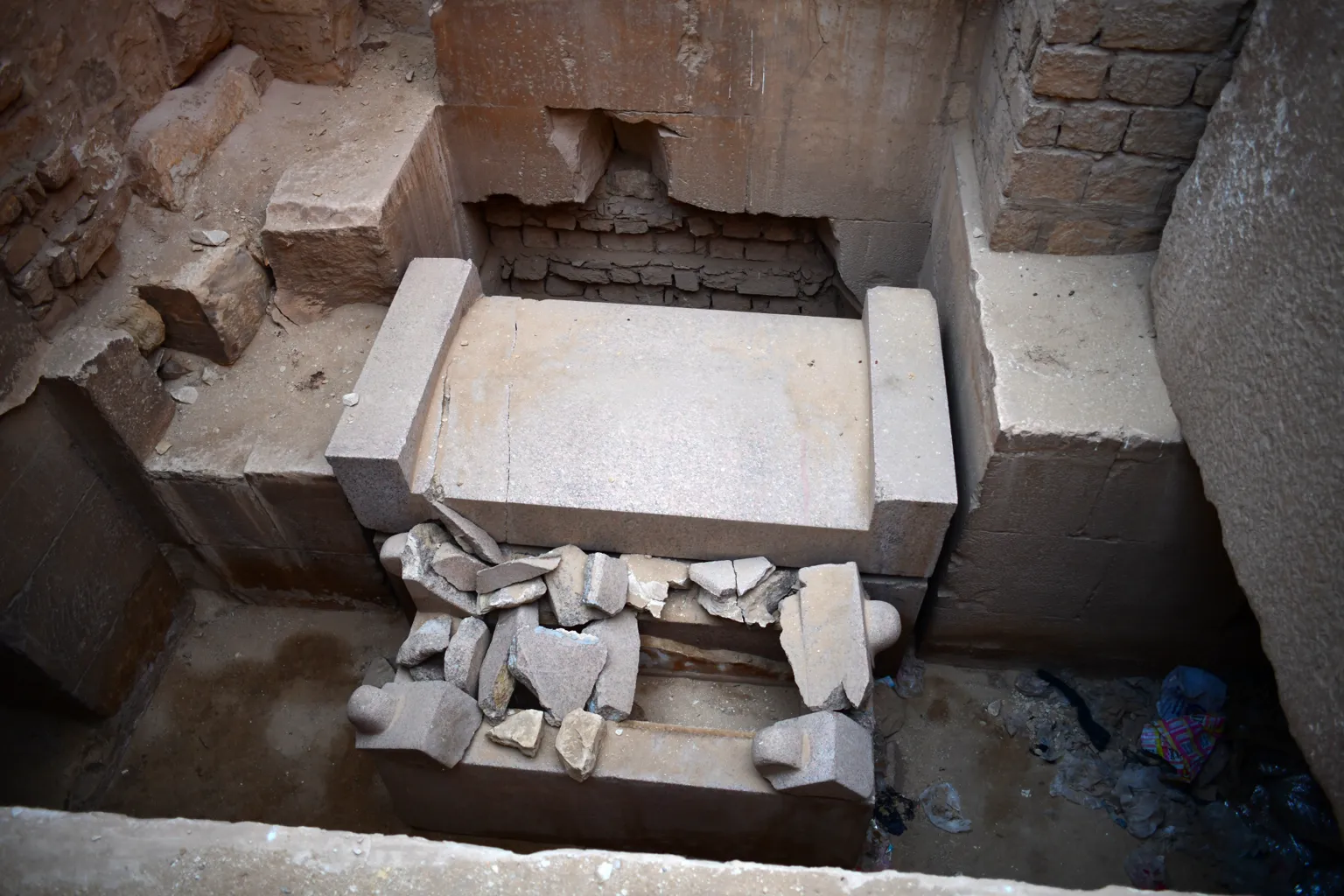
Entrance and First Room
The entrance leads to a room with lotus columns, decorated with scenes of boats and preparations for Ptahshepses’ mortuary cult. A narrow passageway, adorned with images of Ptahshepses and animals being sacrificed, connects to a chapel.
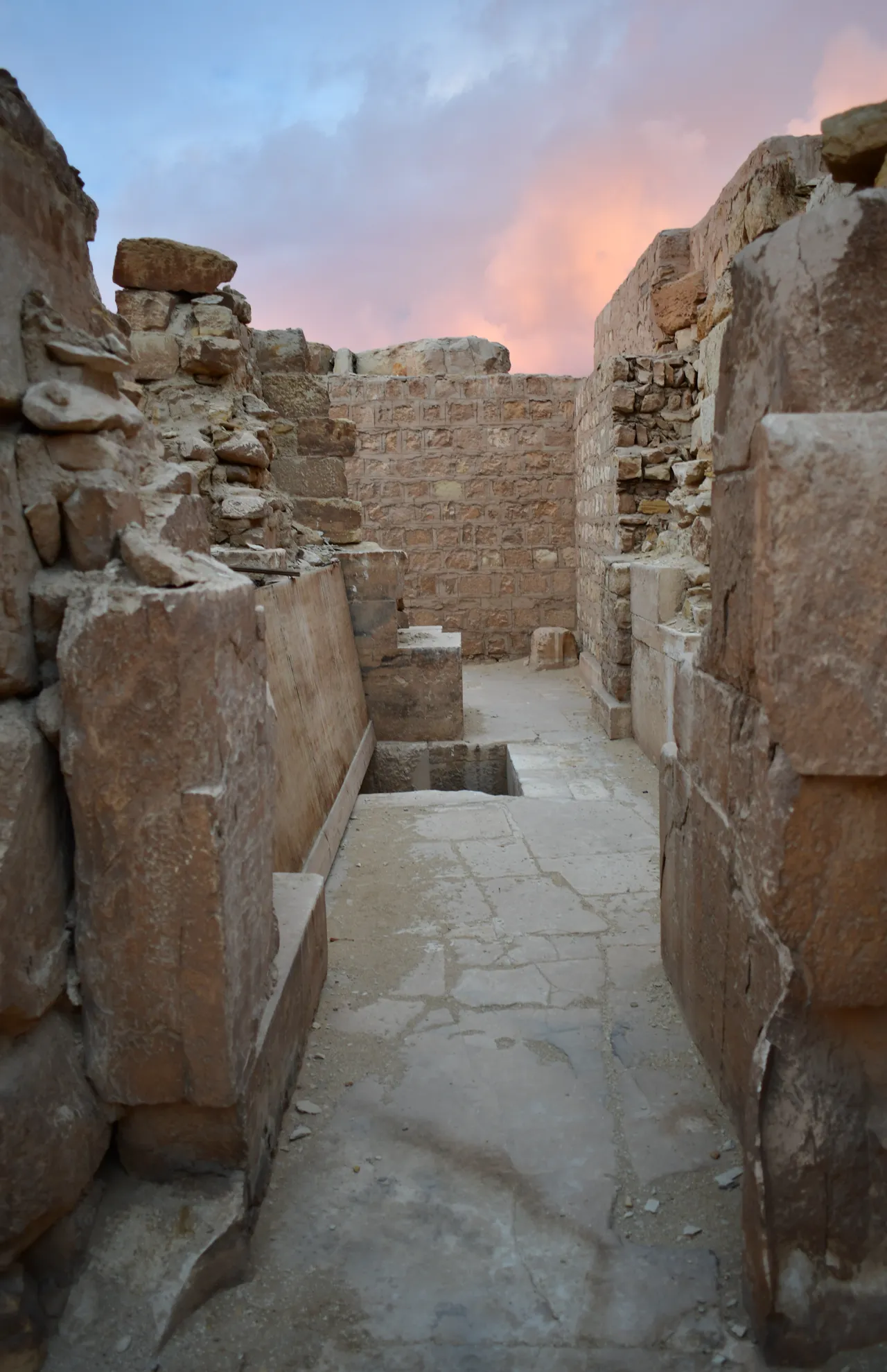
Chapel and Magazines
This chapel contains fragments of statues and reliefs depicting Ptahshepses overseeing agricultural work, servants bearing offerings, and his sons. The name of the first son, Khafini, was chiseled off, leaving Ptahshepses with sons named Ptahshepses, Kahotep, Hemakhty, and Khenu. The exact reason for Khafini’s erasure remains unclear – he may have died young or fallen out of favor with his father.
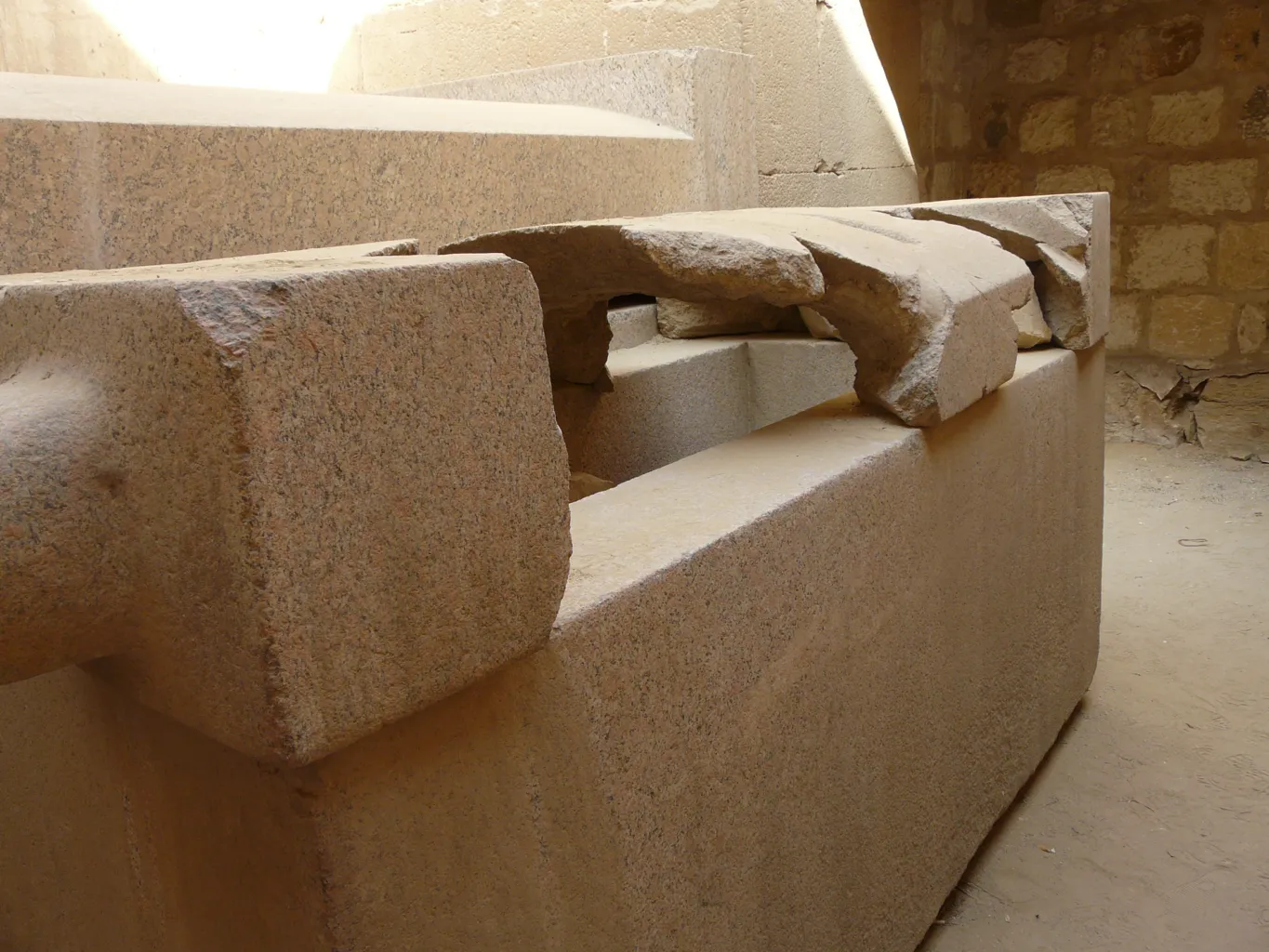
North of the chapel are four magazines containing cult vessels likely used in rituals associated with Ptahshepses’ afterlife. The specific contents of these magazines haven’t been fully documented but may have included statues, offering equipment, or funerary objects.

Courtyard and Burial Chamber
The chapel opens into a grand courtyard featuring twenty limestone pillars. The walls of this courtyard were decorated with life-sized pictures, although the exact content of these pictures is not fully documented. These pictures likely depicted scenes from Ptahshepses’ life or religious offerings. The courtyard leads visitors to the altar, the original mastaba entrance, and the burial chamber.
Despite extensive looting in antiquity, two granite sarcophagi remain well-preserved. One sarcophagus belonged to Ptahshepses himself, and the other to his wife Khamerernebty. The logistics of placing Khamerernebty’s sarcophagus in the burial chamber suggest it was put there during the mastaba’s construction, further solidifying her importance. Her name was also recorded on the construction blocks, enabling Egyptologists to date the mastaba’s construction to King Niuserre’s reign.
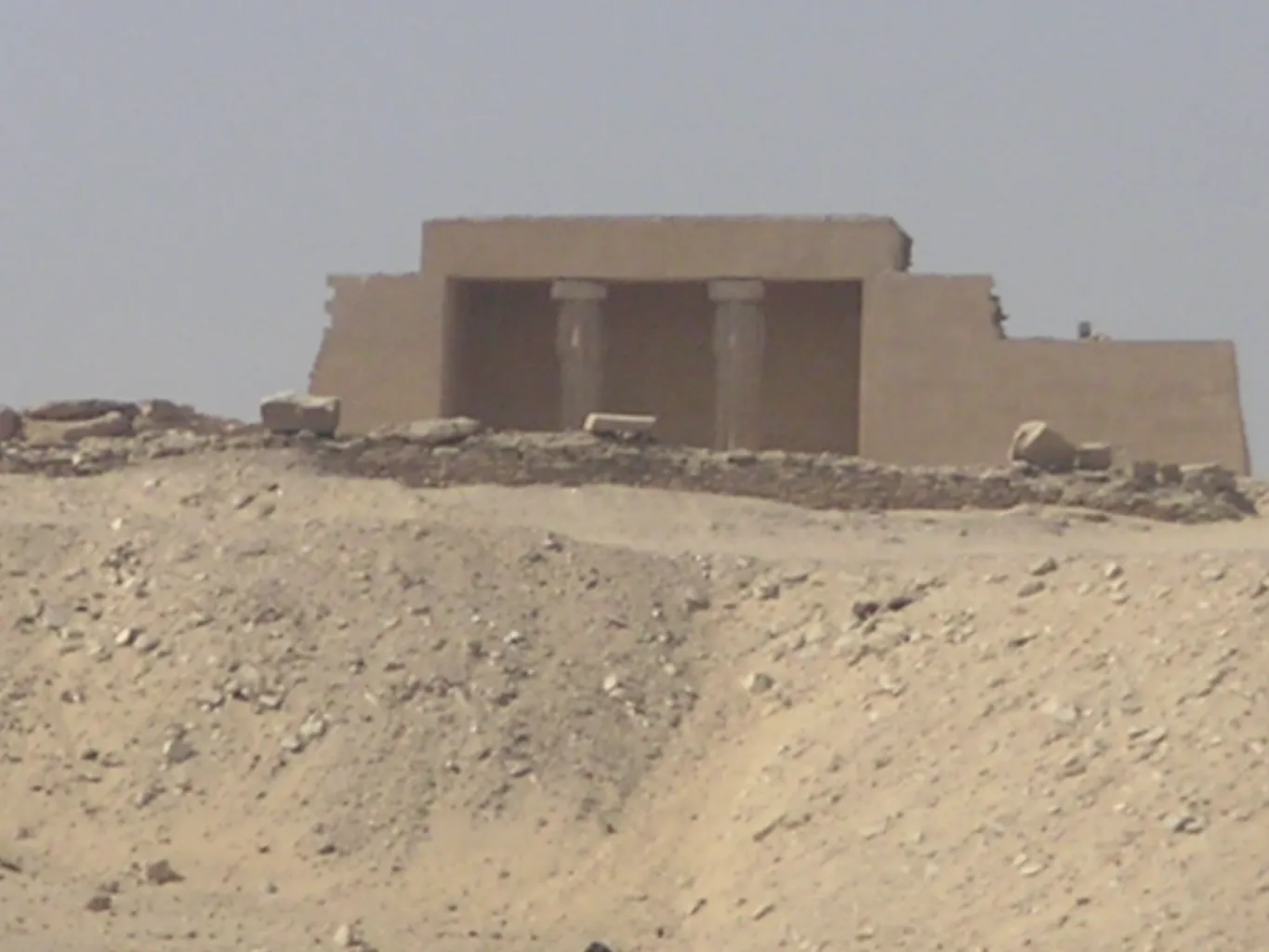
Ptahshepses’ Life and Legacy
Near the entrance, an inscription details Ptahshepses’ biography, though parts are missing. The titles given to him include count, chief justice, vizier, and lector-priest, among others. Notably, he also held the titles of “barber of the Great House” and “manicure of the Great House,” roles that required close physical contact with the pharaoh, signifying his exceptional trust and standing.
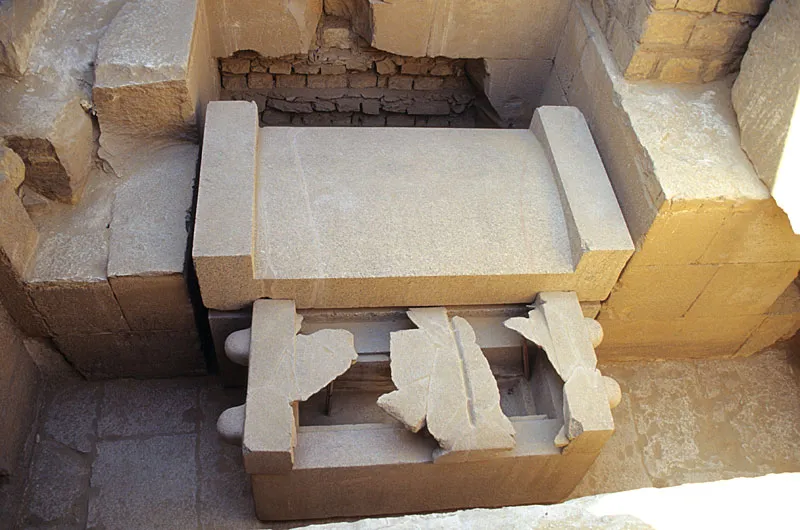
Ptahshepses’ high rank is evident from his statues and the royal architectural features incorporated into his mastaba. He married King Niuserre’s daughter, Khamerernebty, and they had five or possibly six children. The text mentions five sons: Ptahshepses, Kahotep, Qednes, Hemakhty, and Meritites. Meritites held the title “King’s Daughter” despite being a granddaughter of the king, highlighting the family’s close ties to royalty.
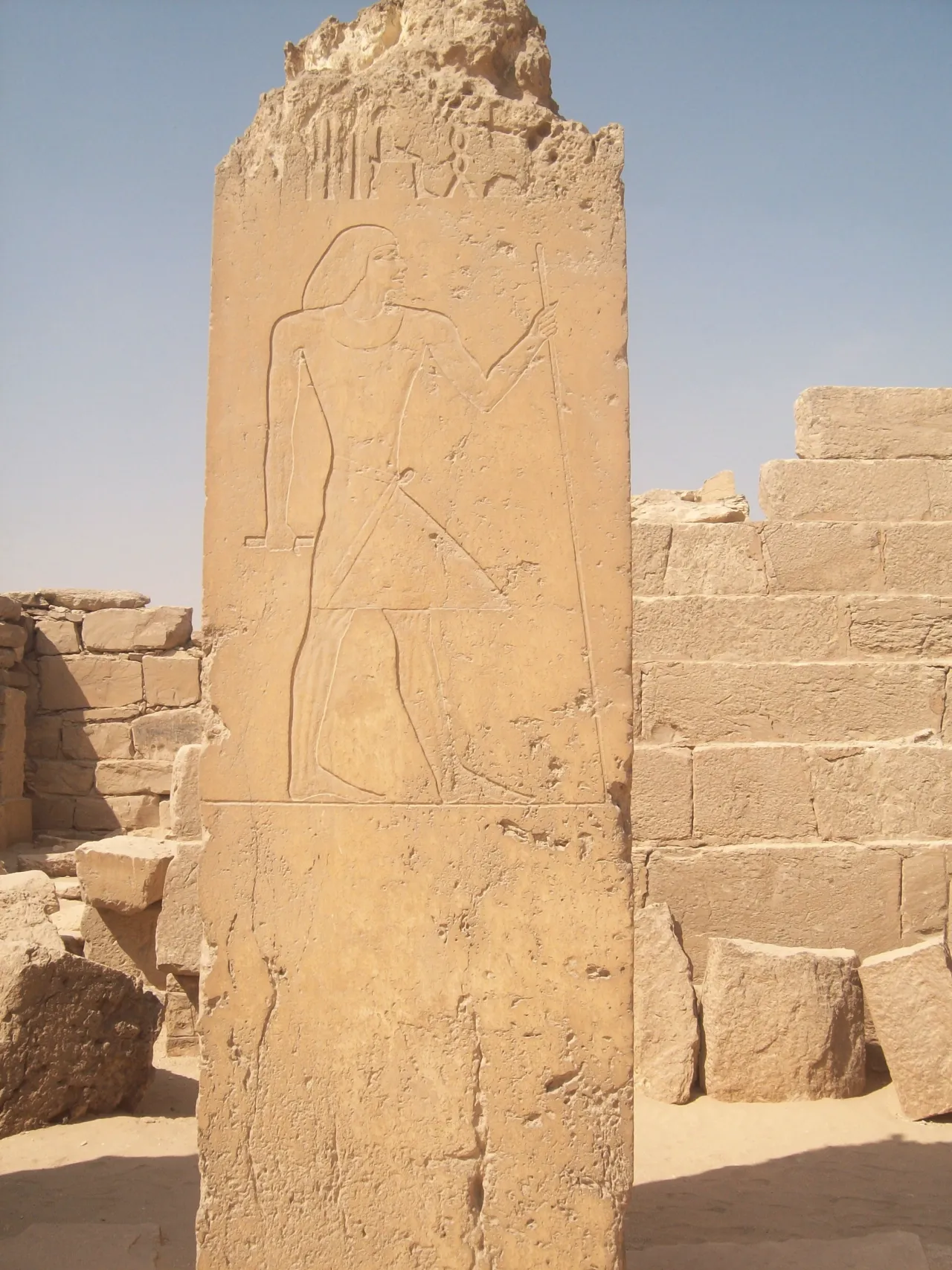
The Final Resting Place
The location of Khamerernebty’s sarcophagus within the burial chamber suggests it was placed there during the mastaba’s construction. Her name inscribed on the construction blocks further confirms this and helps date the mastaba’s construction to King Niuserre’s reign.
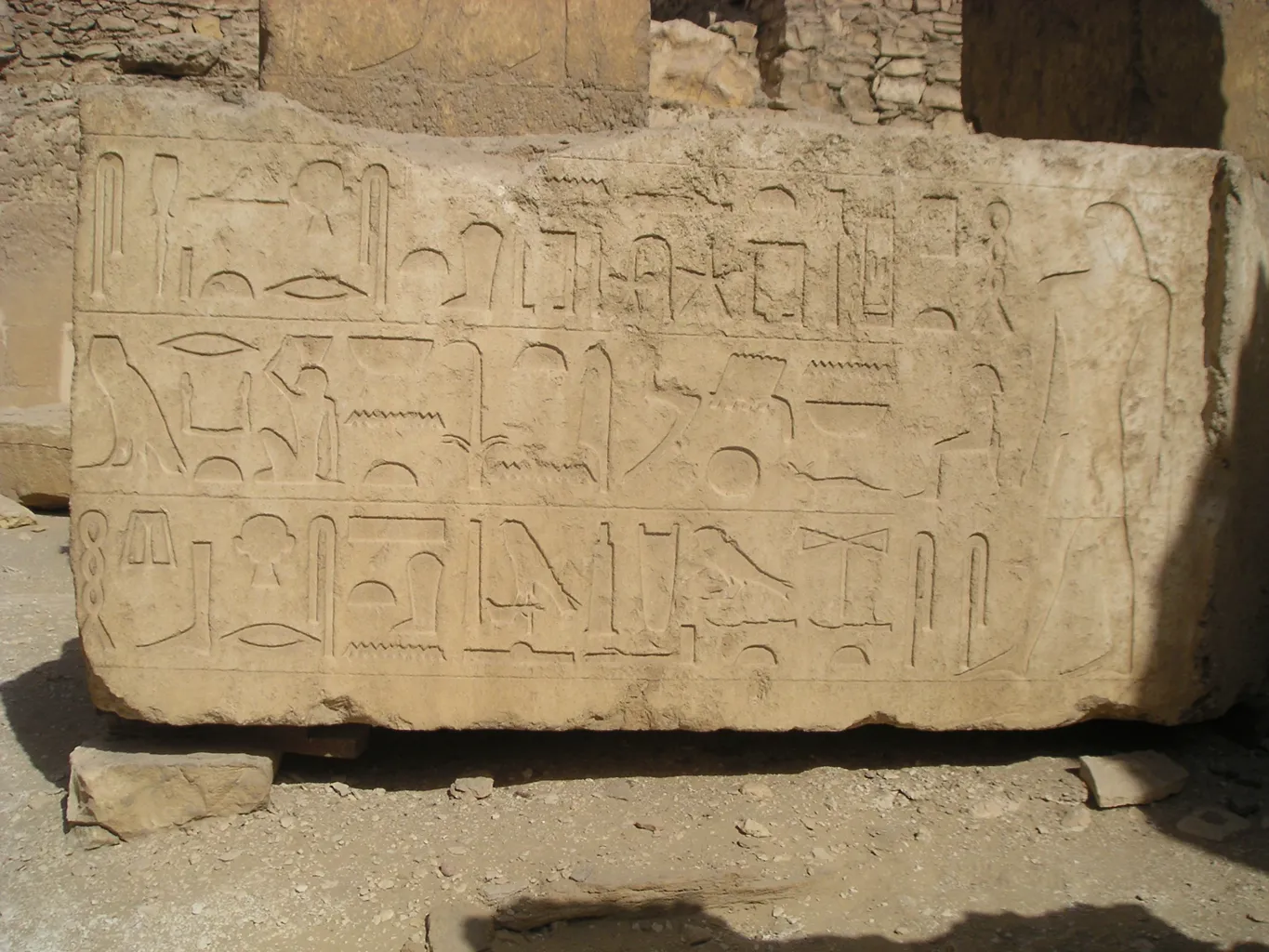
Conclusion
The mastaba of Ptahshepses, with its intricate design, rich history, and connection to royalty, remains a remarkable testament to ancient Egyptian architecture and society. The detailed inscriptions and reliefs provide a glimpse into the life and
Sources:


